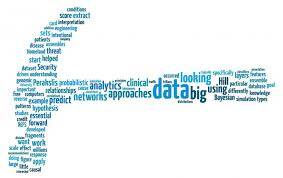

A world of possibilities
It is also important to note the potential represented by the different types of analytics and data formats out there. For one, as the source states, there are the arresting and interactive capabilities of sophisticated data visualization. Additionally, the veracity and variety of big data and business intelligence has helped lead to the rise of analytics in several prominent iterations. It’ll be important to examine all of these, and start considering which ones – if not all – could be ideal for your organization in 2014.
Descriptive analytics – the basics
According to InformationWeek, the best way to describe descriptive analytics is as the first, most basic tier of data analysis. This process takes the data and simply lays out what it represents – a percentage of new Twitter followers in a given week, for example, or the increase in profit seen on a year-over-year basis for a particular fiscal quarter. There’s no question that this information is valuable, but on its face it may not afford any majorly substantive or long-term advantages.
Beyond this level are the kinds of analytics that will be truly beneficial to businesses and organizations in the future – those that can kick-start real plans of action.
Predictive and prescriptive analytics
It’s appropriate to discuss these two types of analytics together, because they both fulfill similar functions. The former, as described by InformationWeek, allows for the efficient comparison of past and present data, which, through various statistical models, can be used to help determine what might happen in the future. But it is not definitive, and although it’s tempting to tout predictive in that manner, relying too heavily on it alongside no other data can be problematic.
However, prescriptive analytics compounds the value of predictive through its ability to predict multiple possible outcomes based on the data. By offering a variety of options, prescriptive allows for decision makers to combine the data with their own personal insights, which can lead to better ultimate results. It’s reasonable to say that this fact may make prescriptive analytics incredibly attractive to organizations in 2014.